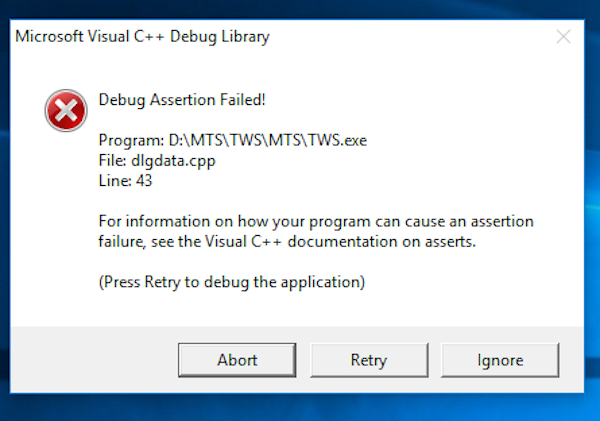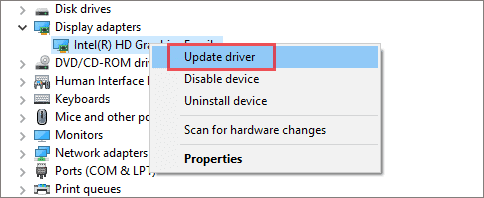

Use the Heaven Benchmark tool to test your card. For actually testing the card, there’s nothing like putting it through some real-world use. Run GPU-Z and watch the real-time temperature for any oddities. The next thing you can do is run some software tests. If you can open it up and clean out as much dust as possible, that would be the first place to start. With laptops, more often than not, the problem is dust due to them being in such an enclosed space. Generally speaking, you won’t have an issue with loose connections in a laptop.

In some cases, you won’t be able to check connections. Make sure it’s solidly seated in the motherboard and that any secondary connections are also secure. Loose connections can cause many problems, especially with a graphics card. But, if the system crashes and/or blue screens when you start doing some graphic-intensive tasks (e.g., playing video games, watching movies, etc.), this could indicate that your graphics card is on its way out.Īs we always mention in our troubleshooting guides, finding out what’s wrong and diagnosing a problem is usually a process of elimination. Blue ScreensĪ computer can blue screen for several reasons, whether problems with RAM, hard drives, graphics cards, or other components. Click on FPS and view your frames per second. To check your FPS, click the Windows + G combination on your keyboard. Does your FPS drop during gameplay, and you’ve ruled out other reasons like thermal throttling? If this happens on multiple games and there’s no other reason for the drop, your GPU may be dying.

Frame Rate DropsĪnother sign that your Graphics Card may be deteriorating is when your FPS drops dramatically. A restart can sometimes fix this, but once again, if you have a faulty graphics card, expect the problem to come back.

Artifacts can be caused by excessive overclocking, heat, and even dust buildup. Similar to screen glitches, a bad graphics card can result in strange artifacts all over your screen.


 0 kommentar(er)
0 kommentar(er)
